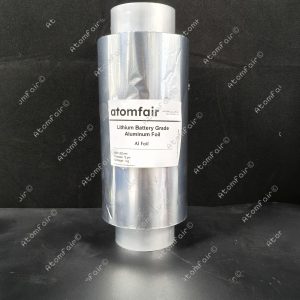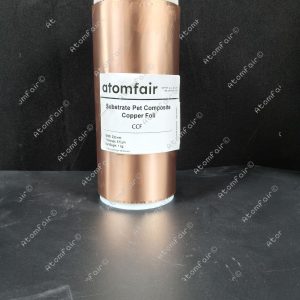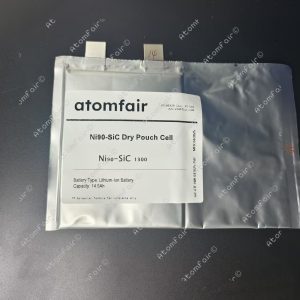Your cart is currently empty!

Atomfair Trifluoro(pyridine)boron C5H5BF3N
Description Trifluoro(pyridine)boron (CAS No. 407-76-1) is a highly specialized organoboron compound with the molecular formula C5H5BF3N . This reagent is widely utilized in advanced organic synthesis, catalysis, and materials science due to its unique Lewis acidic properties. The compound features a boron center coordinated to three fluorine atoms and a pyridine ligand, making it an effective catalyst in fluorination and coupling reactions. With a purity grade suitable for research and industrial applications, it is supplied in rigorously controlled conditions to ensure stability and performance. Ideal for chemists working on novel boron-based reagents, this product is a valuable addition to any…
Description
Description
Trifluoro(pyridine)boron (CAS No. 407-76-1) is a highly specialized organoboron compound with the molecular formula C5H5BF3N. This reagent is widely utilized in advanced organic synthesis, catalysis, and materials science due to its unique Lewis acidic properties. The compound features a boron center coordinated to three fluorine atoms and a pyridine ligand, making it an effective catalyst in fluorination and coupling reactions. With a purity grade suitable for research and industrial applications, it is supplied in rigorously controlled conditions to ensure stability and performance. Ideal for chemists working on novel boron-based reagents, this product is a valuable addition to any laboratory focusing on organometallic chemistry or fluorinated compounds.
- CAS No: 407-76-1
- Molecular Formula: C5H5BF3N
- Molecular Weight: 146.91
- Exact Mass: 147.0467138
- Monoisotopic Mass: 147.0467138
- IUPAC Name: trifluoro(pyridin-1-ium-1-yl)boranuide
- SMILES: [B-]([N+]1=CC=CC=C1)(F)(F)F
- Synonyms: Trifluoro(pyridine)boron, 407-76-1, 821-070-6, trifluoro(pyridin-1-ium-1-yl)boranuide, MFCD00971931
Application
Trifluoro(pyridine)boron is primarily used as a Lewis acid catalyst in organic synthesis, particularly in fluorination and cross-coupling reactions. It serves as a key intermediate in the preparation of boron-containing polymers and advanced materials. Researchers also employ it in the development of pharmaceuticals and agrochemicals due to its ability to facilitate selective transformations. Its stability and reactivity make it suitable for use in both academic and industrial settings.
If you are interested or have any questions, please contact us at support@atomfair.com
Related products
-
Atomfair 1 kg/roll Battery Grade Aluminum Foil (200mm W x 12um T) for Battery Electrode Substrate/ Current Collector
$169.95 -
Atomfair 1 kg/roll Battery Grade PET Composite Copper Foil for Battery Anode Substrate/ Current Collector
$529.95 -
Atomfair 1 kg/roll Double Sides Conductive Carbon Coated Aluminum Foil for Battery Electrode Substrate/ Current Collector (200 mm wide 14+1+1 um thick)
$189.95 -
Atomfair 14.5 AH Ni90 || SiC Dry Pouch Battery Cell Without Electrolyte Filling
$550.00 -
Atomfair 1AH LCO || Graphite Dry Pouch Cell Lithium Ion Battery
$169.95




